Different fruit combinations can be selected according to individual needs and tastes. Common combinations include apple and carrot juice, banana milk juice, orange snow pear juice, blueberry and strawberry juice, tomato and watermelon juice, etc. The combination of fruit juice should consider nutritional complementarity, balanced taste, and the needs of special populations to avoid excessive intake of sugar.
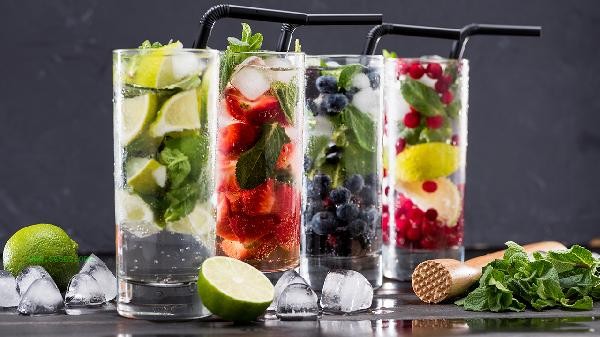
1. Apple and carrot juice
The combination of apple and carrot juice can provide rich vitamin A and dietary fiber. The pectin in apples helps promote gastrointestinal peristalsis, while the beta carotene in carrots is beneficial for vision protection. This combination is suitable for long-term eye users, but diabetes patients need to control their intake to avoid blood sugar fluctuations. A small amount of lemon juice can be added during production to delay oxidation.
2. Banana Milk Juice
The combination of bananas and milk can simultaneously supplement carbohydrates and high-quality protein. Bananas are rich in potassium, which can help maintain electrolyte balance, while milk provides calcium to promote bone health. This high-energy combination is suitable for replenishing energy after exercise, and lactose intolerant individuals can use plant-based milk as a substitute. Note that bananas oxidize quickly, it is recommended to squeeze and drink them immediately.
3. Orange snow pear Juice
Orange and snow pear both contain a lot of vitamin C and water, which have the effect of promoting fluid and quenching thirst. The sour taste of orange and the sweet taste of snow pear can form a balanced taste, which is helpful to alleviate the dry throat. In winter, adding a small amount of ginger juice can enhance the warming effect. For those with excessive stomach acid, they should reduce the amount of oranges used to avoid irritation.
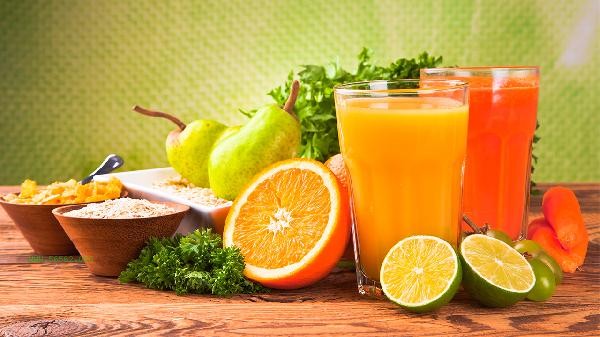
4. Blueberry and Strawberry Juice
Blueberries and strawberries are both berry fruits with high antioxidant content. Anthocyanins and polyphenols help to eliminate free radicals. This dark fruit juice has potential benefits for cardiovascular health and skin care, and it is recommended to keep the skin when juicing to obtain more nutrients. Due to the high sugar content, it is not advisable to consume more than 200 milliliters per time.
5. Tomato and Watermelon Juice
The combination of tomatoes and watermelons can simultaneously supplement lycopene and citrulline. Lycopene has antioxidant properties, while citrulline can help regulate blood pressure. This low calorie combination is suitable for summer cooling and hydration, and adding a small amount of mint leaves can enhance the refreshing feeling. People with weak gastrointestinal function should avoid drinking on an empty stomach to prevent fruit acid stimulation. When making nutritious fruit juice, it is recommended to choose fresh seasonal fruits, clean them thoroughly, and extract them with skin to retain more dietary fiber. When pairing, the principle of combining sweetness and sourness can be used to enhance the taste, and adding nuts or seeds can increase healthy fat intake. Daily consumption should not exceed 400 milliliters to avoid excessive sugar intake. Special groups such as diabetes patients should choose fruits with low glycemic index, and pregnant women should avoid tropical fruits that may cause allergy. Long term single consumption may lead to nutritional imbalance, and it is recommended to regularly change the type of fruit. Drinking the juice as soon as possible after juicing can maximize the retention of vitamins, and it should not be stored in the refrigerator for more than 2 hours.


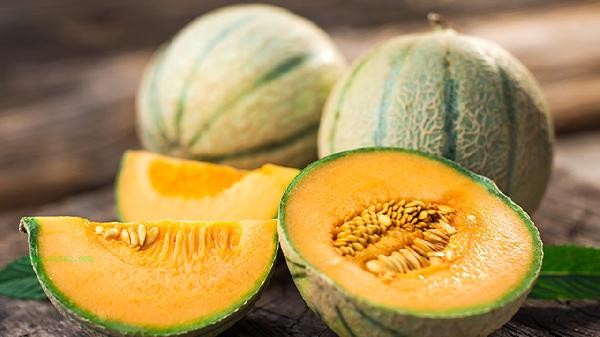
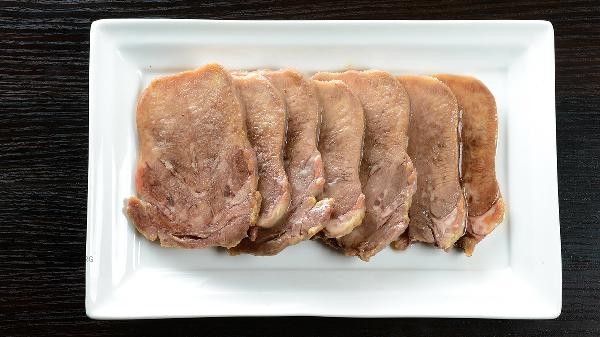

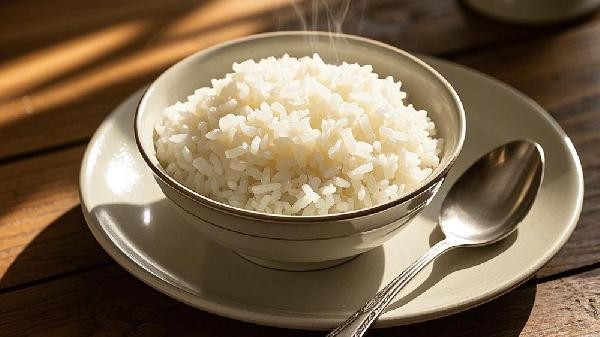



Comments (0)
Leave a Comment
No comments yet
Be the first to share your thoughts!